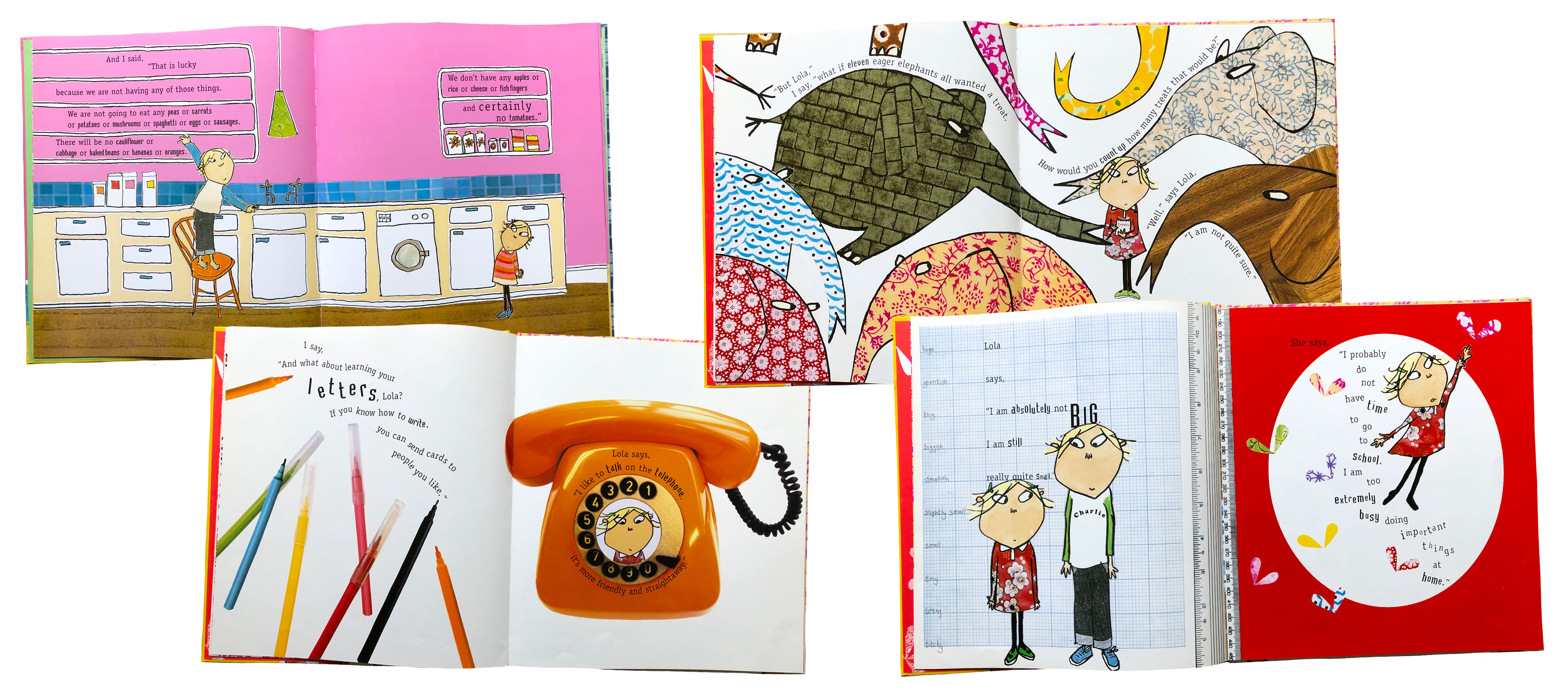Contextual Influences Lecture 2- Representation
The second of three lectures in preparation for my essay. This one focused on representation, inclusion and diversity in illustration and considering the role a modern-day illustrator has in targeting these issues. The lecture started by looking at the idea of stereotypes and how they lead to misinterpretation and inaccurate attitudes towards gender, race, culture and roles in society.
Stereotype
'A widely held but fixed and oversimplified image or idea of a particular type of person or thing.'
- Relating to human nature and identity- could be in any context, character design or real life.
- Differs from archetypes in stories, a stereotype is more generic and often has negative connotations attached.
- A limited viewpoint, not good for use in illustration as its a lazy approach without a strong idea of context or narrative. Can be seen in generic clipart or Shutterstock imagery, used in relation to a specific theme (usually in presentations).This
- Used by humans to help us understand things at a basic level, something to relate back to as its indented in our minds. Not always a good thing, stereotypical imagery of men as superheroes connoting strength, courage and power, with women usually presented as beautiful, thin and innocent, or oppositely, over-sexualised.
- Questionable imagery with associating genders to job roles, limiting diversity. Has got betting over the last decade but still not enough. Reference to Frida Kahlo, ground-breaking ideals for the time, an influential figure who challenged the representation of women.
Relation to Publishing
- Ladybird, a well-established publisher of children's books, has recently removed any gender labels from books because they don't want to be "seen to be limiting children in any way”. Until 2014, they had separate fairytale books for boys and girls. Shows how these stereotypes are still apparent today.
- Lack of diversity, gotten much better in children's publishing with illustrators making a conscious effort to tackle different themes with the inclusion of more ethnically diverse characters.
'Only five per cent of children’s books published in 2019 feature a Black, Asian or minority ethnic main characterUK report by the Centre for Literacy in Primary Education (CLPE)Just ten per cent of published books featured any non-white characters at all.'
-UK report by the Centre for Literacy in Primary Education (CLPE)
- This area is so important as children are the future generation, they are impressionable at a young age and will absorb knowledge, this should be positive and show they can be anything they want, not limited by stereotypes or specific job roles.
- Look at illustrators who are advocating change, Oliver Jeffers, Karl Newson, Kate Hindley, Lucy Farfort (local artist, could be good to get into contact and learn about her experiences).
 |
| A select few book spreads from 'I'm Glad I'm a Boy! I'm Glad I'm a Girl!', 1970 |
Some Potential Research Questions
- Why should, and how can the contemporary illustrator avoid stereotypical representation in character design?
- Explore the importance of diversity in children’s book illustration.
- How has contemporary narrative storytelling (graphic novels, animation, picture books) evolved to include a more diverse perspective?
I think the main takeaway from this lecture is that it's our job as illustrators to inspire change and positivity. We should be willing to adapt to change with the target audience in mind, the world is changing at a rapid rate which can be quite daunting. Illustrators should be influenced by social change and personal experience to generate a new perspective; one that has an emotion behind it that the audience can relate to.
Some hugely important messages at the minute are staying at home, staying safe and protecting others. I know through following artists and creatives on social media, lots of people have taken this message and used their platform to spread the word- an easy way that we can promote change and inform an audience. This notion applies to children's books too, we need to be looking for new creative solutions to explore the importance of diversity, no matters what race, ethnicity, age or gender you are, everyone should be treated with equal respect. I think this would be a good basis for an essay, backed up by reports and research of representation in publishing and illustration as a whole.
Go Retro!. 2021. Sexist Children's Book. [online] Available at: <https://www.goretro.com/2010/07/sexist-childrens-book.html> [Accessed 17 March 2021].
Darrow, W., 1970. I'm glad I'm a boy!. New York: Windmill Books [Inc.].
Brewer, J., 2020. Once upon a time, in the homogenous world of children’s book illustration…. [online] Itsnicethat.com. Available at: <https://www.itsnicethat.com/features/diversity-in-childrens-book-illustration-121120> [Accessed 17 March 2021].



Comments
Post a Comment